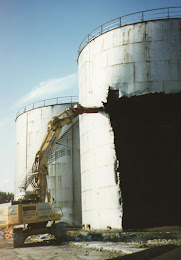Last week saw a major building collapse incident in Riga, Latvia resulting in the death of 54 people at the latest count, and that will, no doubt, grow as the rubble is removed by the emergency services
http://www.bbc.co.uk/news/world-europe-25068291
The cause of the collapse is “expected to be” the construction of a roof garden onto the completed building that the developers thought would be a good idea. Maybe a garden would be nice but how did they expect the building to stand the additional load of several hundred tonnes of soil and gravel? This foolhardy approach has resulted in the deaths of at least 54 people who were just doing their shopping in an environment that should have been safe for them.
If this collapse was a “one off” maybe it would be viewed as an unfortunate accident but when you consider that in Bangladesh a factory producing clothing for Primark collapsed killing over 1000 people because floors were overloaded
http://www.dailymail.co.uk/news/article-2317012/Primark-factory-collapse-Death-toll-Bangladesh-set-jump-1-400.html
In India a building, again overloaded, collapsed killing over 40 people
http://www.bbc.co.uk/news/world-asia-india-24314133
And finally the Sampoong Supermarket, discussed in every NDTG Demolition Manager course, that collapsed killing 501 people because the building owners decided to add additional floors, remove internal load bearing columns and then add over 60 tonnes of plant to the new roof. Is it any wonder it collapsed?

As a demolition engineer I like to think that I know how buildings may react when subjected to unusual loadings but I am never sure exactly what that reaction will be, so how can developers decide to increase floor and roof loadings significantly without a thorough structural check, a set of robust calculations and a sign off from a structural engineer?
The worldwide construction industry needs to take stock, rethink how we deal with building modifications and do all that we can to prevent many more buildings being reduced to rubble in seconds by poor design, overloading of the floors and a blatant disregard of the members of the public who may just be going about their daily business and should be able to do so in safety.

































No comments:
Post a Comment